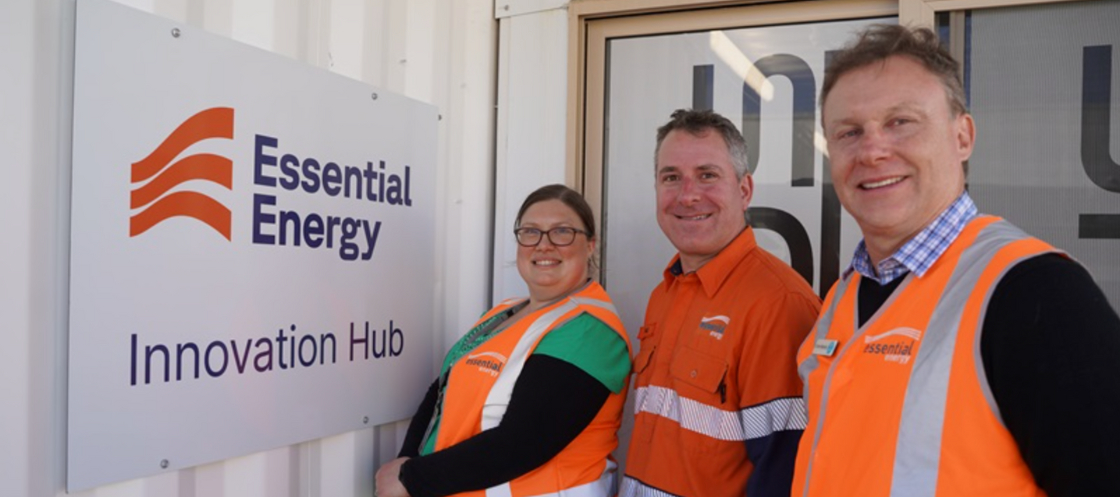Household energy gets mobile: Port Macquarie trial explores how EVs could power homes and the grid
A joint study by CSIRO and Essential Energy has shown how electric vehicles using Australia’s standard charging system can store solar power and return it to the grid

A new study by CSIRO and Essential Energy has shown that electric vehicles (EVs) using Australia’s most common charging plug can act as household batteries, opening up practical applications for vehicle-to-grid technology in local energy systems. The trial was run at Essential Energy’s Innovation Hub in Port Macquarie using off-the-shelf equipment and a simulated home energy environment.
Until now, vehicle-to-grid (V2G) trials in Australia have relied on a less common charging system, known as CHAdeMO, found on a small number of Japanese EVs. In contrast, this study successfully used the Combined Charging System (CCS2), which is standard in most new EVs sold in Australia.
“This project marks an important milestone for Australia, successfully demonstrating a Combined Charging System (CCS2) bi-directional charger with a market-available V2G-capable vehicle,” said Dr Sam Behrens, who led the project for CSIRO.
Two EV and charger combinations were tested: a Nissan Leaf with a CHAdeMO-compatible charger, and an AUSEV Ford F150 Lightning with a newer version of Sigenergy’s CCS2 charger. Both were integrated into a household simulation, showing they could support solar self-use and return energy to the grid.
The Port Macquarie laboratory allowed researchers to model how homes with rooftop solar and EVs might manage energy use across seasons and time of day. “Our collaboration with Essential Energy has demonstrated the feasibility of V2G technology and its potential to transform energy management in solar-equipped households,” Behrens said.
Researchers say this type of technology could help households get more out of their rooftop solar systems, while also supporting the electricity grid by providing storage and flexibility during high demand periods.
“This successful demonstration of CCS2 bi-directional charging showcases the potential for a wide range of current and future EVs to become 'batteries on wheels' in people’s homes,” Behrens said. “This can support higher penetration of both rooftop solar and other renewable energy sources into Australia’s power grid.”
The trial also helped develop a lab facility that is already being used by other industry partners to test new products. It’s designed to keep pace with the next wave of energy tech, including smarter automation and communication between household systems and the grid.
CSIRO and Essential Energy are now planning the next phase of work, which will look at how to bring this technology into real-world use and continue refining how EVs and chargers interact with home energy systems and the wider network.
“We have high hopes that V2G will deliver benefits not only to EV owners, but also to the wider community by adding much-needed energy storage to power system infrastructure,” said Behrens. “With their greater power and energy density as well as mobility, EV’s could offer a level of flexibility and impact beyond anything previously seen in the energy sector in Australia."













